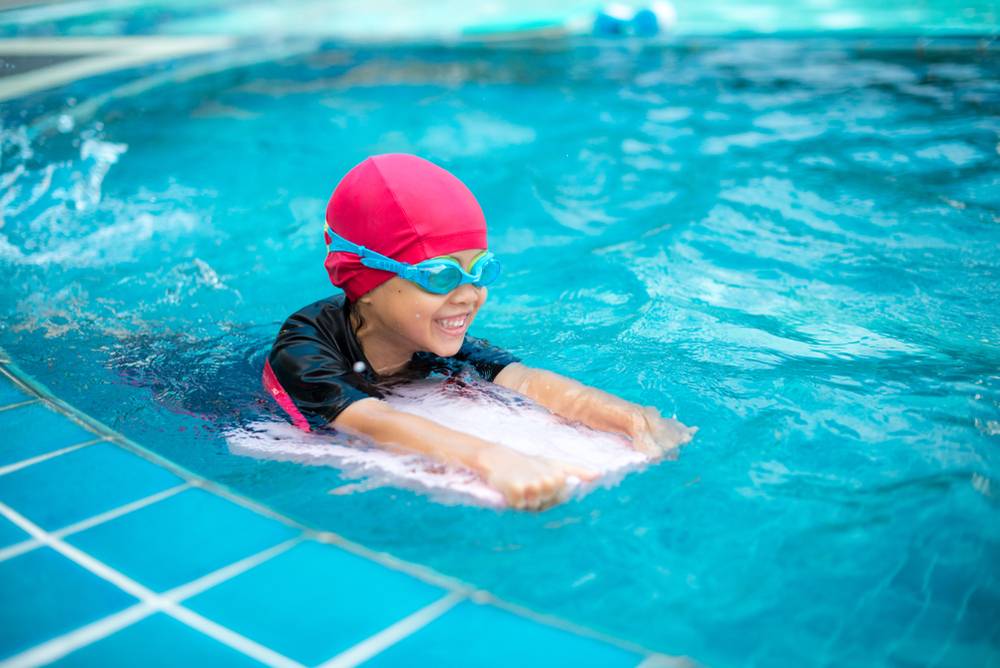Swimmers Shoulder Treatment: Prevention and Recovery
Swimmers Shoulder Treatment Prevention and Recovery Introduction Swimming is an excellent form of exercise that offers numerous physical and mental benefits. However, like any sport, it comes with its share of potential injuries. Take for example for tennis injuries, it is common to have ankle sprain. For badminton injury, shoulder sprain in very common in players. One common ailment that swimmers often face is known as “swimmer’s shoulder.” This condition can hinder progress and enjoyment in the pool. In this article, we’ll delve into the causes, symptoms, prevention, and treatment options for swimmer’s shoulder, tailored to the aquatic enthusiasts of Singapore. What do You Need to Know About Swimmers Shoulder Swimmers shoulder, also referred to as shoulder impingement, is a term used to describe a range of painful shoulder conditions that arise due to repetitive overhead movements, common in swimming strokes. The rotator cuff tendons and muscles in the shoulder can become inflamed and irritated, leading to discomfort, pain, and limited range of motion. Causes and Risk Factors Swimmers shoulder can be attributed to various factors, including improper swimming techniques, overtraining, inadequate warm-up, and muscle imbalances. Singapore, with its warm climate and abundance of swimming facilities, witnesses a high number of swimmers. According to a study conducted by the Singapore Sports Council [1], the prevalence of swimmer’s shoulder in competitive swimmers is around 40%, highlighting the importance of awareness and prevention. Symptoms of Swimmer’s Shoulder Identifying the symptoms of swimmers shoulder is crucial for early intervention. Swimmers in Singapore should watch out for: Prevention Strategies Preventing swimmers shoulder is possible through a combination of proper techniques, training practices, and conditioning exercises. Here are some strategies that HydroSplash Swimming recommends: Treatment Options If you do experience symptoms of swimmers shoulder, early intervention can expedite recovery. Treatment options include: For severe cases, your healthcare provider might recommend corticosteroid injections or, in rare cases, surgery. Recovery and Returning to Swimming Once you’ve successfully treated swimmers shoulder, it’s important to ease back into swimming gradually. HydroSplash Swimming suggests the following steps: Conclusion Swimmer’s shoulder is a prevalent issue among swimmers, including the enthusiastic aquatic community in Singapore. By adhering to proper swimming techniques, following prevention strategies, and seeking timely treatment, you can effectively manage and recover from swimmer’s shoulder. Remember, HydroSplash Swimming is here not only to provide exceptional swimming lessons but also to promote the well-being of all swimmers.




